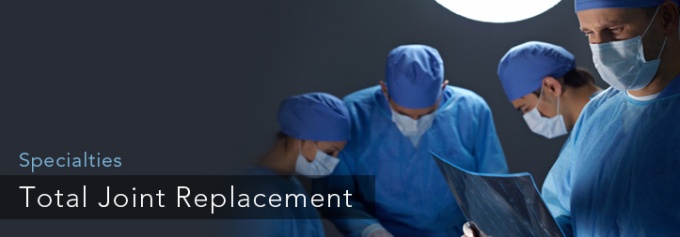
A joint is a point where the ends of two or more different bones meet. The human body consists of a number of joints such as a knee, hip, shoulder, fingers, elbow, wrist, ankle, and neck. The knee joint is also termed as the “hinge joint” because they bring the ability to move, bend, and straightening the thighs and legs. Whereas, the hip and shoulders joints are called as “ball and socket joints” as the curved end of the bone fits perfectly into a cup-shaped area of the second bone. Doctors may recommend undergoing the joint replacement in Delhi that is a surgical procedure to remove or replace the arthritic or damaged joint with an artificial plastic, metal, or ceramic joint called as the prosthesis. The new artificial joints allow a person to move with little or no pain. These joints also benefit the patient as:
- It reduces joint pain
- Restores the motion of the joints
- Improves overall movements
- Improve the look and alignment of the joints
How do the joint problems start?
The smooth surface of the bones is made up of an element called articular cartilage that is responsible for letting one bone gliding against another smoothly. Joints are lubricated with a thin layer of synovial fluid that acts as a grease to keep the joints moving easily. With the mounting age, the articular cartilage gets damaged or the joint fluid becomes unusual, which allows joint problems to develop. With the passing time, the problem becomes stiff and painful, if not diagnosed or treated at the right time. If the condition gets serious and cannot be treated with the medication and therapies, then the doctors would recommend the joint replacement in Delhi to get back in action.
Complications of joint replacement in Delhi:
Before undergoing the surgical procedure, your doctor will let you know about the complete details of the complication including those during the surgery itself and those that can happen post-surgery over time. Some of the common complications that are seen after the surgery include blood clots, infection, prosthesis (loosening or dislocation), or nerve injury.
No comments:
Post a Comment